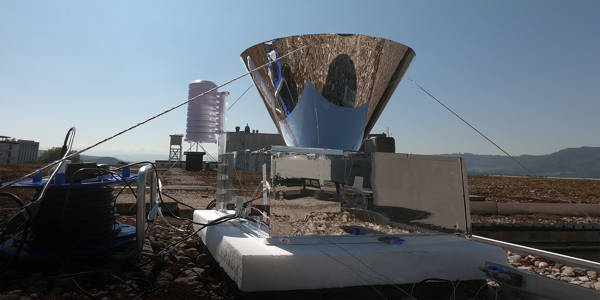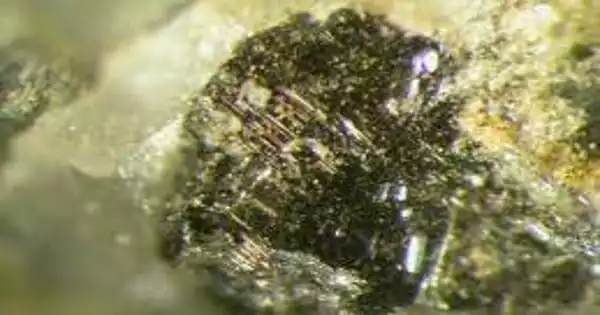Researchers have created a condenser for use in areas where water is scarce. The new device is a zero-energy solution for harvesting water from the atmosphere over the course of a 24-hour day. It makes use of a self-cooling surface as well as a special radiation shield.
In many parts of the world, freshwater is scarce and must be obtained at great expense. Communities near the ocean can desalinate seawater for this purpose, but it takes a lot of energy to do so. Further away from the coast, the only remaining option is to condense atmospheric humidity through cooling, either through processes that require a high energy input or through “passive” technologies that take advantage of the temperature difference between day and night. Water, on the other hand, can only be extracted at night using current passive technologies such as dew-collecting foils. This is due to the fact that the sun heats the foils during the day, making condensation impossible.
Researchers have developed a condenser for countries where water is in short supply. Theirs is a zero-energy solution for harvesting water from the atmosphere throughout the 24-hour daily cycle. It relies on a self-cooling surface and a special radiation shield.
Self-cooling and protection from radiation
Researchers at ETH Zurich have developed a technology that, for the first time, allows them to harvest water 24 hours a day, seven days a week, with no energy input, even in direct sunlight. The new device is essentially made up of a specially coated glass pane that both reflects solar radiation and radiates its own heat into space through the atmosphere. As a result, it cools itself to as much as 15 degrees Celsius (59 degrees Fahrenheit) below the ambient temperature. Water vapor from the air condenses on the underside of this pane. The process is similar to what can be seen on poorly insulated windows in the winter.
The glass was coated with specially designed polymer and silver layers by the scientists. Because of this special coating technique, the pane emits infrared radiation at a specific wavelength window to the outside world, with no absorption by the atmosphere or reflection back onto the pane. A novel cone-shaped radiation shield is another important component of the device. It largely deflects heat radiation from the atmosphere and shields the pane from incoming solar radiation, allowing the device to radiate the aforementioned heat outward and thus fully passively self-cool.

Close to the theoretical optimum
As real-world tests on the roof of an ETH building in Zurich revealed, the new technology can produce at least twice as much water per area per day as the best current passive foil technologies: the small pilot system with a pane diameter of 10 centimeters delivered 4.6 milliliters of water per day under real-world conditions. Larger devices with larger panes would generate more water as a result.
The researchers demonstrated that under ideal conditions, they could harvest up to 0.53 decilitres (1.8 fluid ounces) of water per square meter of pane surface per hour. “This is close to the theoretical maximum of 0.6 decilitres (2.03 ounces) per hour, which is physically impossible to exceed,” Iwan Hächler says. He is a doctoral student in Dimos Poulikakos’s (ETH Zurich) Thermodynamics Group.
Other technologies typically necessitate wiping condensed water from a surface, which requires energy. Without this step, a large portion of the condensed water would cling to the surface and become unusable, preventing further condensation. The ETH Zurich researchers coated the underside of the pane in their water condenser with a novel superhydrophobic (extremely water-repellent) coating. As a result, the condensed water beads up and runs or jumps off on its own. “Unlike other technologies, ours can truly function without any additional energy, which is a significant advantage,” Hächler said.
The researchers’ goal was to create a technology for water-stressed countries, particularly developing and emerging economies. They believe that now is the time for other scientists to further develop this technology or combine it with other methods, such as water desalination, to increase their yield. The coating of the panes is relatively simple, and larger water condensers than the current pilot system should be possible. Several water condensers could be positioned side by side to piece together a large-scale system, similar to how solar cells have several modules set up next to each other.
















